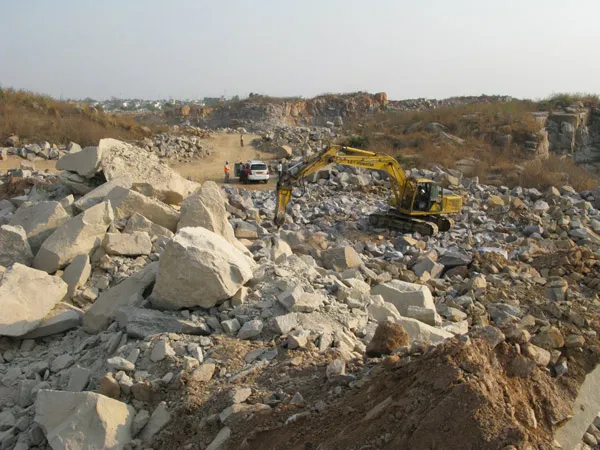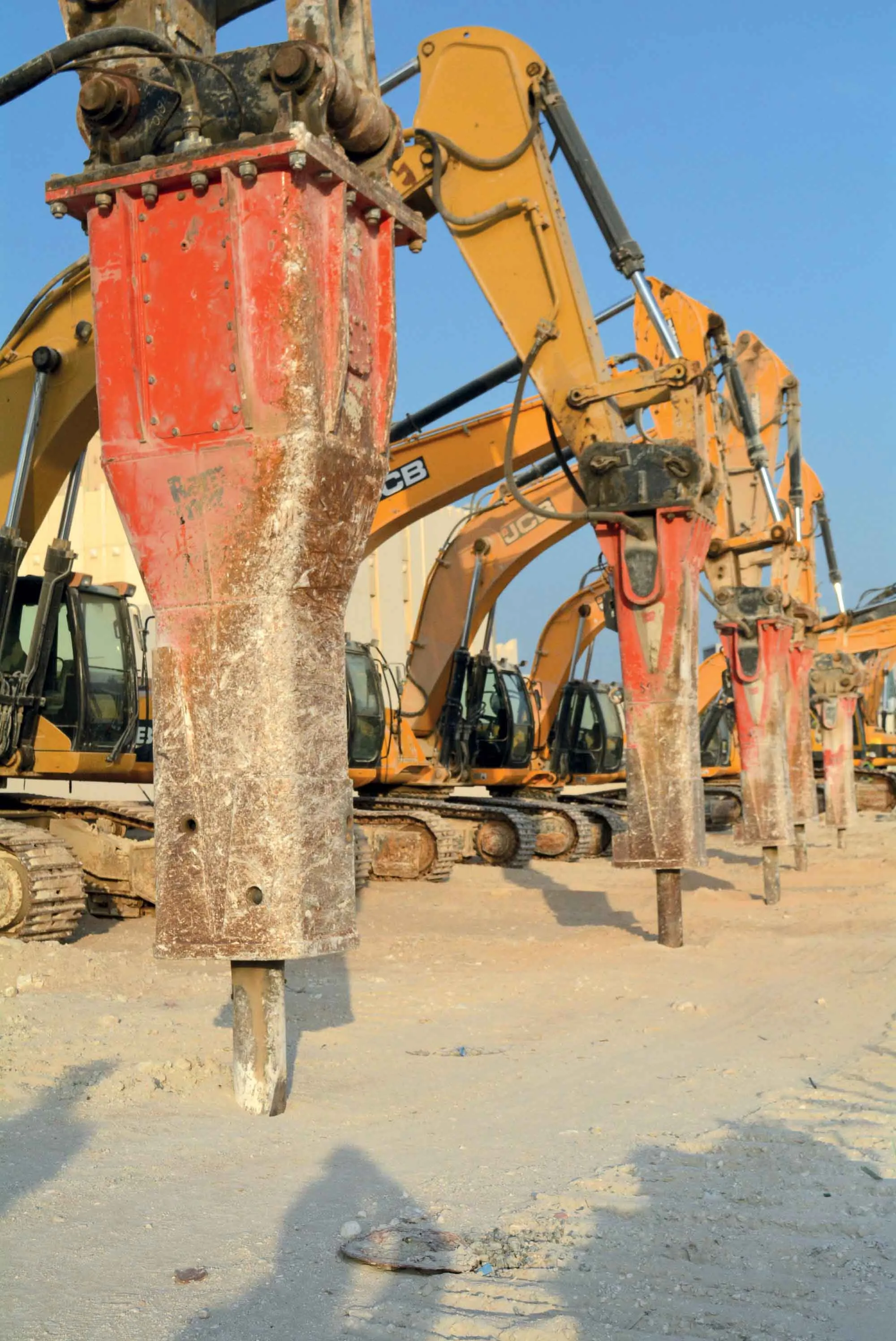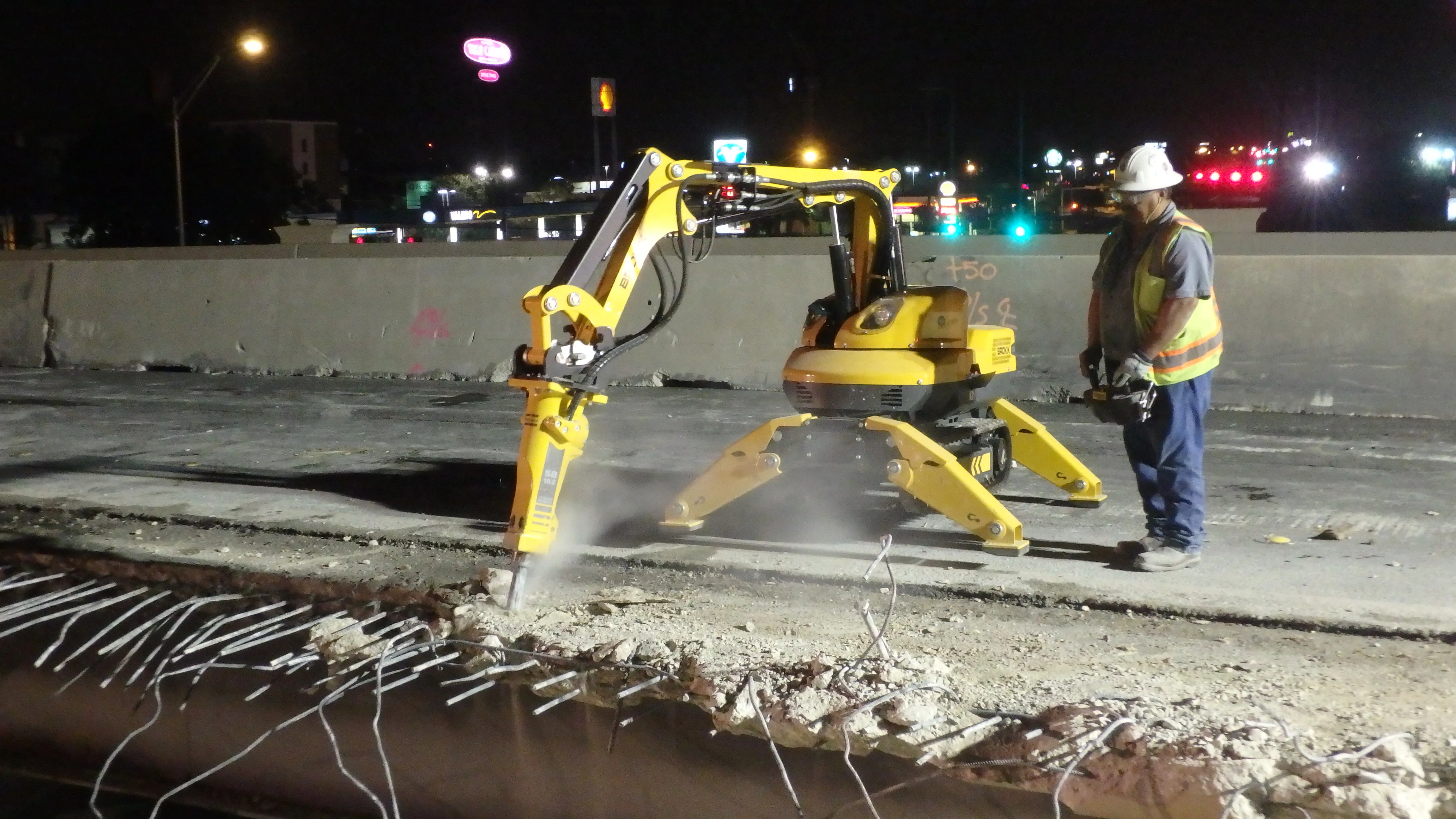The new Hyderabad Outer Ring Road (ORR) project is a 158km eight-lane highway encircling the Andhra Pradesh city.
It has been designed to relieve congestion in and around the city and to act as a hub for accessing India's national highway network, and is being built for the Hyderabad Metropolitan Development Authority. Indian contractor Ramky Infrastructure is relying on an Atlas Copco MB 1700 hydraulic breaker to break granite as aggregates at a quarry site adjacent to the new road. The rock is bein
May 8, 2012
Read time: 2 mins

The new Hyderabad Outer Ring Road (ORR) project is a 158km eight-lane highway encircling the Andhra Pradesh city.
It has been designed to relieve congestion in and around the city and to act as a hub for accessing India's national highway network, and is being built for the Hyderabad Metropolitan Development Authority.Indian contractor
The rock is being used as aggregate for the 22km stretch of the highway that Ramky Infrastructure is building. The company is part of the Ramky Group, which also formed Ramky Elsamex Hyderabad Ring Road in 2007 to build and operate parts of the ORR on a buildoperate- transfer basis.
For construction its section of the ORR, Ramky is currently building between Shamshabad and Gachibowli, it has deployed two 200tonnes/hour stone crushers at the site.
Mr T Haribabu, head of transportation for Ramky on this section of the ORR, says that controlled blasting is being used to excavate the rock, with small amounts of explosives being used to avoid possible cracking of buildings in nearby residential areas.
Rock is broken into fragments between 1.5-1.8m in size, and these are trucked to the breaking area where the MB 1700 is working in a static position, mounted on an L&T
The 1,700kg hydraulic MB 1700 breaker is designed to work on excavators in the 19-32 tonne range, and on Ramky's section of the ORR it is being used to break the rock into pieces of between 500-600mm. These are then loaded into dump trucks and conveyed to the site, where they are fed directly into the crushers.
Ramky moved onto the site late in 2009 and is scheduled to complete the section of highway in November 2012.









